With nearly 160 county parks, Milwaukee prioritizes its natural features as much as its city life. The natural landscapes are dominated by water, as Milwaukee lies on Lake Michigan and is bisected by the Milwaukee River. Offering havens for birds, excellent beaches, and natural education centers, the city’s green oases provide an urban escape for visitors and locals alike. Whether it’s getting lost in a forest along the river until you stumble upon a waterfall or learning about plants from around the world in a glass biosphere dome, you don’t want to miss Milwaukee’s parks and nature experiences.
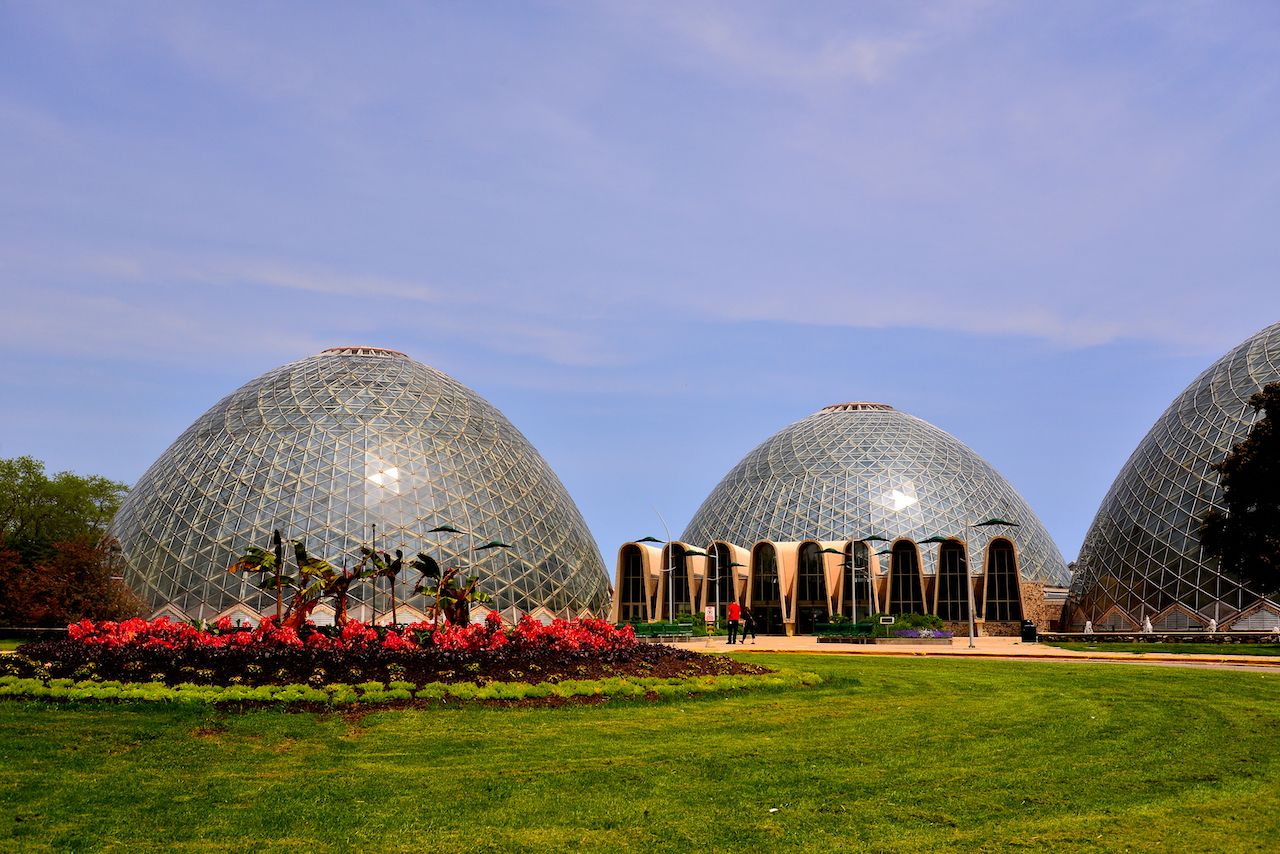
Photo: Tony Savino/Shutterstock
Mitchell Park Horticultural Conservatory — Visiting the Mitchell Park Horticultural Conservatory, also known as the Mitchell Park Domes, is a highlight of any trip to Milwaukee. Featuring three unique biospheres housed inside 85-feet-high glass enclosures, the Domes are the only structures of their kind in the world and well worth the $8 entrance fee. The Tropical and Desert Domes feature permanent exhibits showcasing plants from around the globe. The Show Dome transforms throughout the year, each time with a different theme, like a Japanese Garden or Fall in Provence.
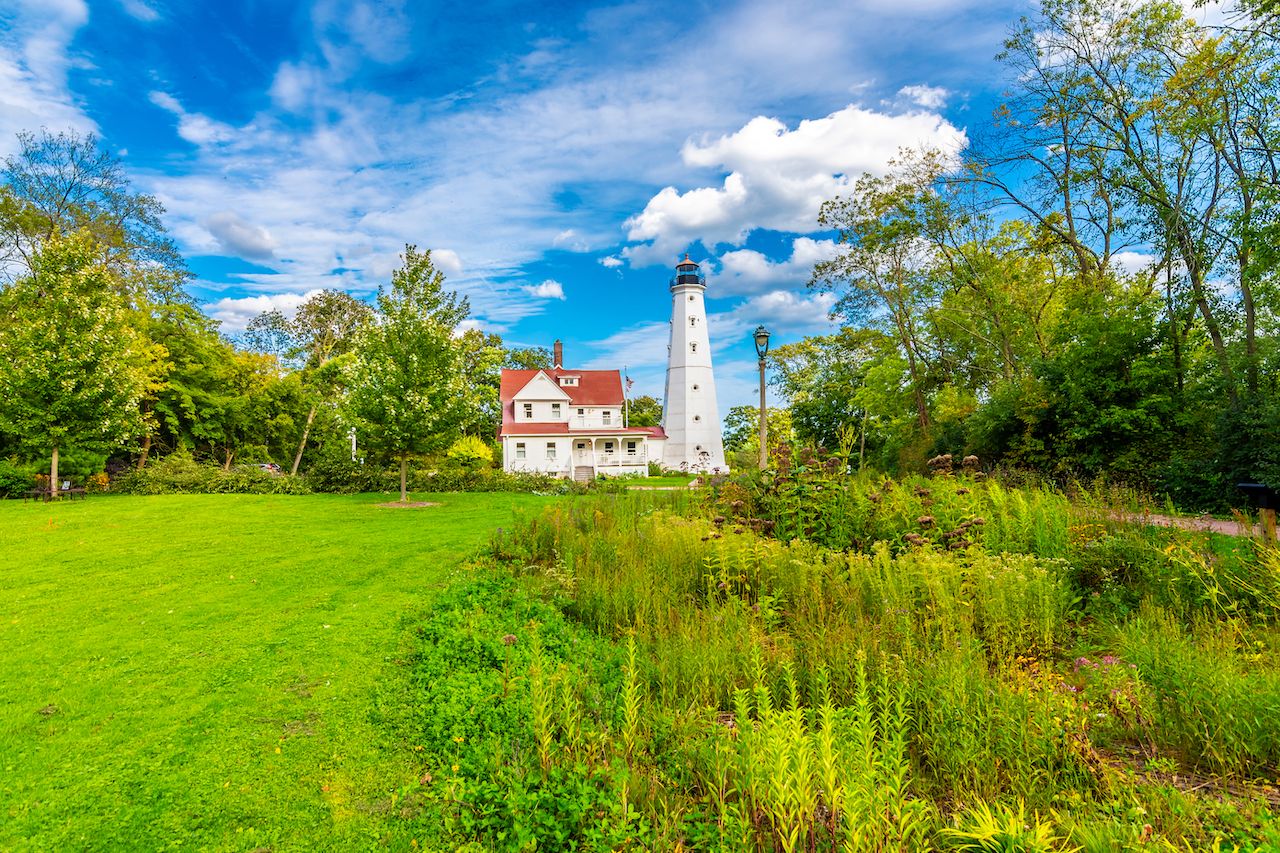
Photo: Nejdet Duzen/Shutterstock
Lake Park — Lake Park was designed by Frederick Law Olmsted, the famed landscape architect also responsible for New York City’s Central Park. True to its name, Lake Park is an excellent place to enjoy views of Lake Michigan, and locals and visitors alike use the trails for walking and running every day of the week. On weekends, families and groups picnic in the grassy fields or stroll the meandering trails through open meadows. The park also provides a habitat for local wildlife, which makes for some impressive birdwatching. The beautifully preserved North Point Lighthouse, which lies on the National Register of Historic Places, is also worth a visit. In the summer, visitors enjoy free concerts in the evenings, while winter beckons ice skaters. Don’t miss the views from the footbridges throughout the park or the conical burial Indian Mound dating from as early as 300 BC. Visiting the park is free; however, if you’d like to tour the lighthouse or climb to the top, you’ll need to pay an $8 fee.
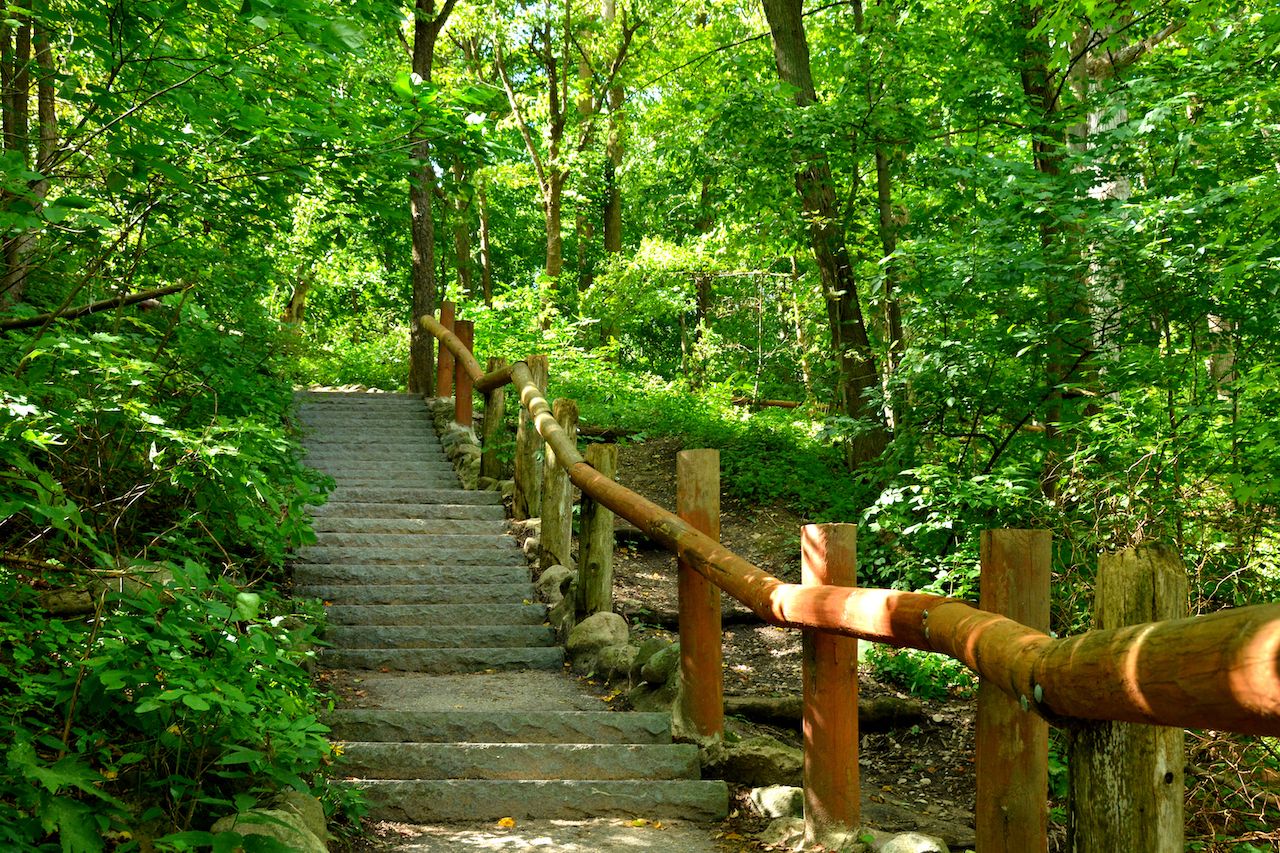
Photo: Tony Savino/Shutterstock
Grant Park — Just south of downtown Milwaukee, this green space is a highlight of the city’s park network — but while Grant Park stays bustling, it rarely feels overcrowded. In fact, by tourism standards, nothing in Milwaukee ever feels too busy. Don’t miss the Seven Bridges trail, which traverses a ravine, numerous footbridges, and several stone staircases. In the fall, autumn’s colors pop throughout the forest, while in the springtime, wildflowers flourish. Grant Park offers a little bit of everything, with a waterfall, a sandy beachfront along Lake Michigan, views of bluffs along the lake, forested hiking trails, and even a golf course.

Photo: Aaron of L.A. Photography/Shutterstock
Veterans Park — This popular county park conveniently located in downtown Milwaukee’s East Town neighborhood is a good place to take in impressive views of both the city skyline and Lake Michigan. A popular spot for local runners and walkers, Veterans Park also features a lagoon for kayaking, paddle boarding, or swimming. Rent a kite to take advantage of the wind coming off of North America’s so-called “Third Coast,” or simply relax with a picnic. The annual Water Lantern Festival that takes place in Veterans Park each June makes this green space a destination unto itself.
More like this

Photo: Schlitz Audubon Nature Center/Facebook
Schlitz Audubon Nature Center — Set on 185 acres that were once a farm for Schlitz Brewery, Schlitz Audubon Nature Center features six miles of trails through diverse landscapes, including forests, wetlands, prairies, and shorelines. Schlitz Audubon’s educational programs include opportunities to learn about resident raptors, owls, amphibians, and reptiles. Meet their raptors (each has a name) at Raptor Saturday, held the first Saturday of each month, or Word with a Bird, held every Saturday and Sunday. Offering various activity-based programs throughout each week, Schiltz Audubon teaches visitors about Wisconsin’s natural features and wildlife year-round.
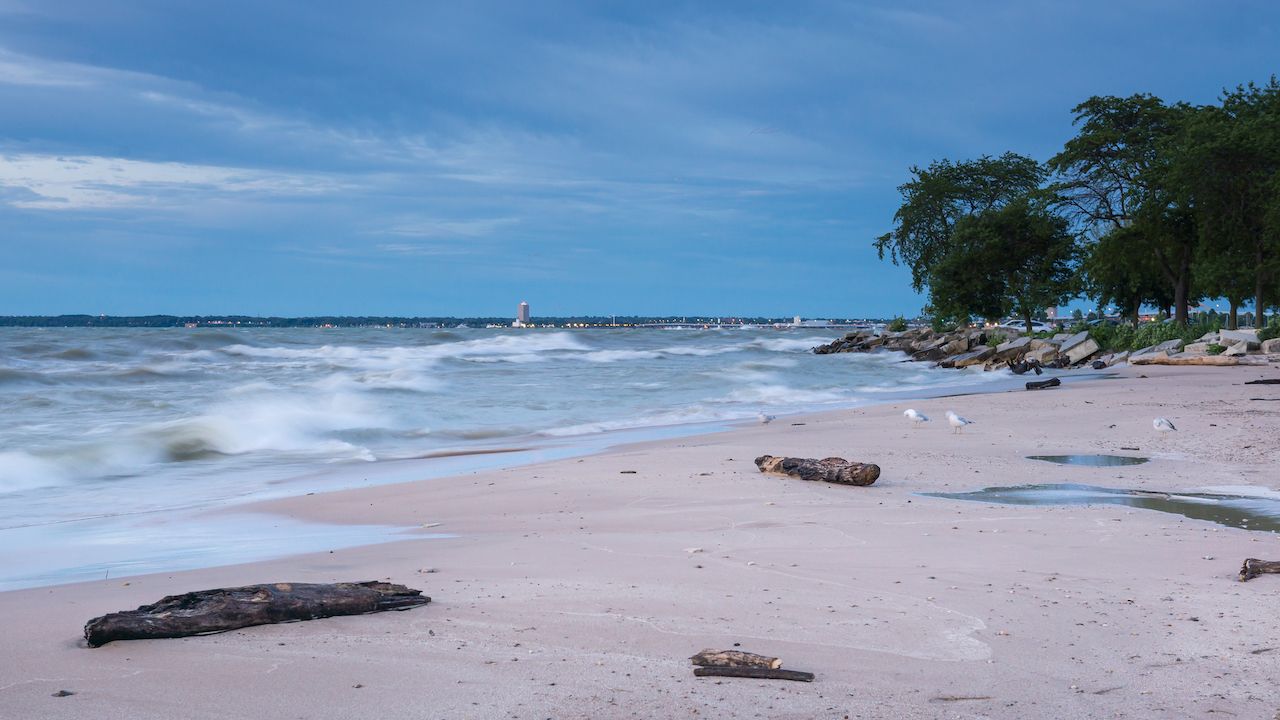
Photo: AMCImagery/Shutterstock
Bradford Beach — Locals often consider Bradford Beach to be the best beach on Milwaukee’s slice of Lake Michigan’s shoreline. On a hot summer day, it’s the place to see and be seen while participating in waterfront yoga, cooling off with an ice-cold drink at the tiki bar, or catching waves. Yes, you can surf in Milwaukee — although the best waves tend to be on stormier days when most people would skip the beach. Except on the very hottest days, though, Bradford Beach still doesn’t feel too packed. Even in cooler weather, the beach is a prime birding spot where you can look for over 200 different avian species.
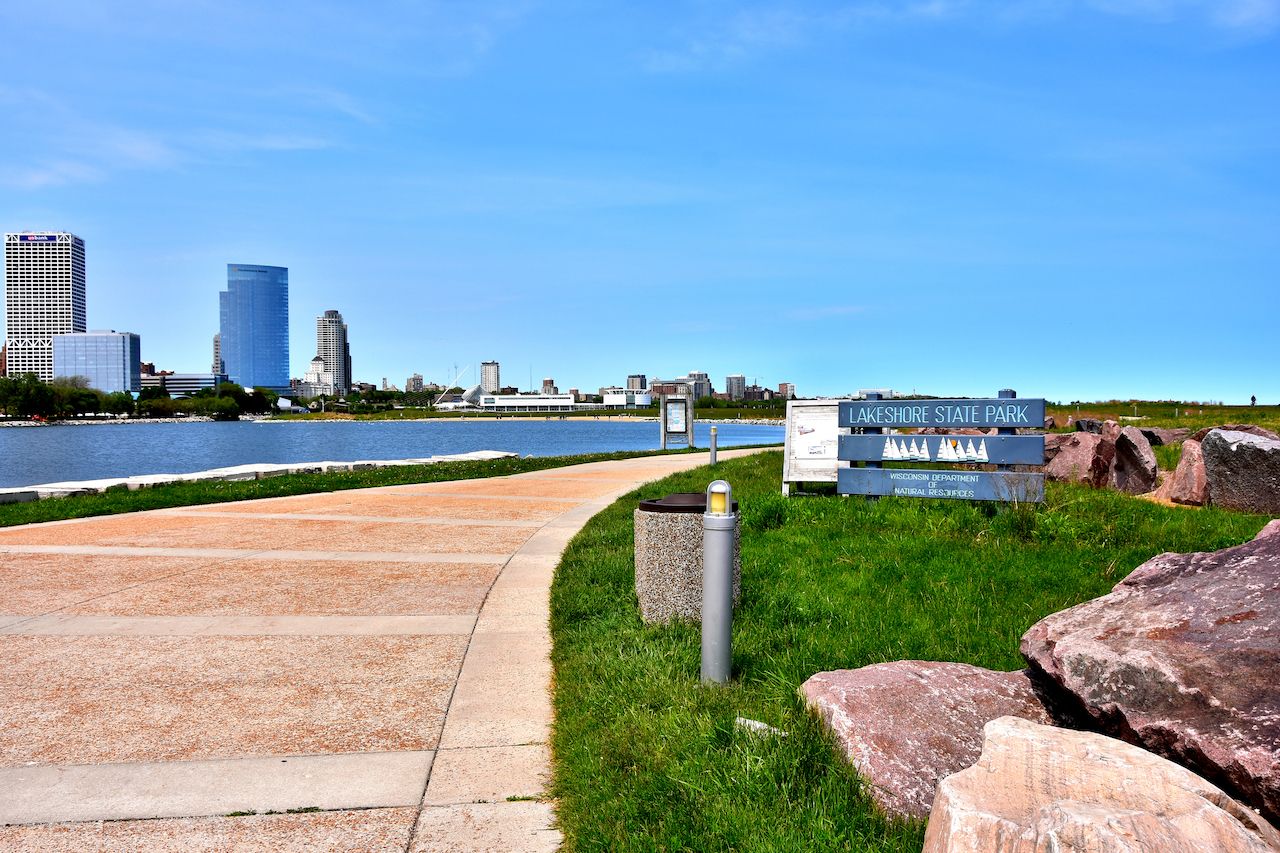
Photo: Tony Savino/Shutterstock
Lakeshore State Park — Set among 22 acres on the shores of Lake Michigan, Lakeshore State Park’s trails have excellent views of the Milwaukee skyline, Lake Michigan, and the park’s short grass prairies. On any given summer weekend, you’ll see locals fishing and boating. In the winter, Lakeshore State Park is an ideal place to snowshoe, and lucky visitors may even spot snowy owls and snow buntings. In fact, the park is home to up to 70 species of birds — although some just migrate through — and a diversity of mammals, like grey and red foxes, rabbits, and deer.